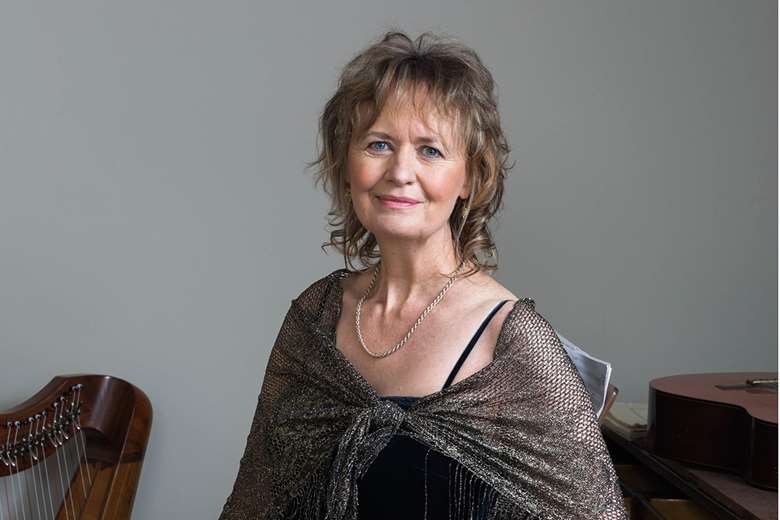Sally Beamish: writing for two pianos
Friday, September 17, 2021
The composer on the background to 'Sonnets', which premieres at the New Ross Piano Festival next week

Register now to continue reading
Thanks for exploring the Gramophone website. Sign up for a free account today to enjoy the following benefits:
- Free access to 3 subscriber-only articles per month
- Unlimited access to our news, podcasts and awards pages
- Free weekly email newsletter







